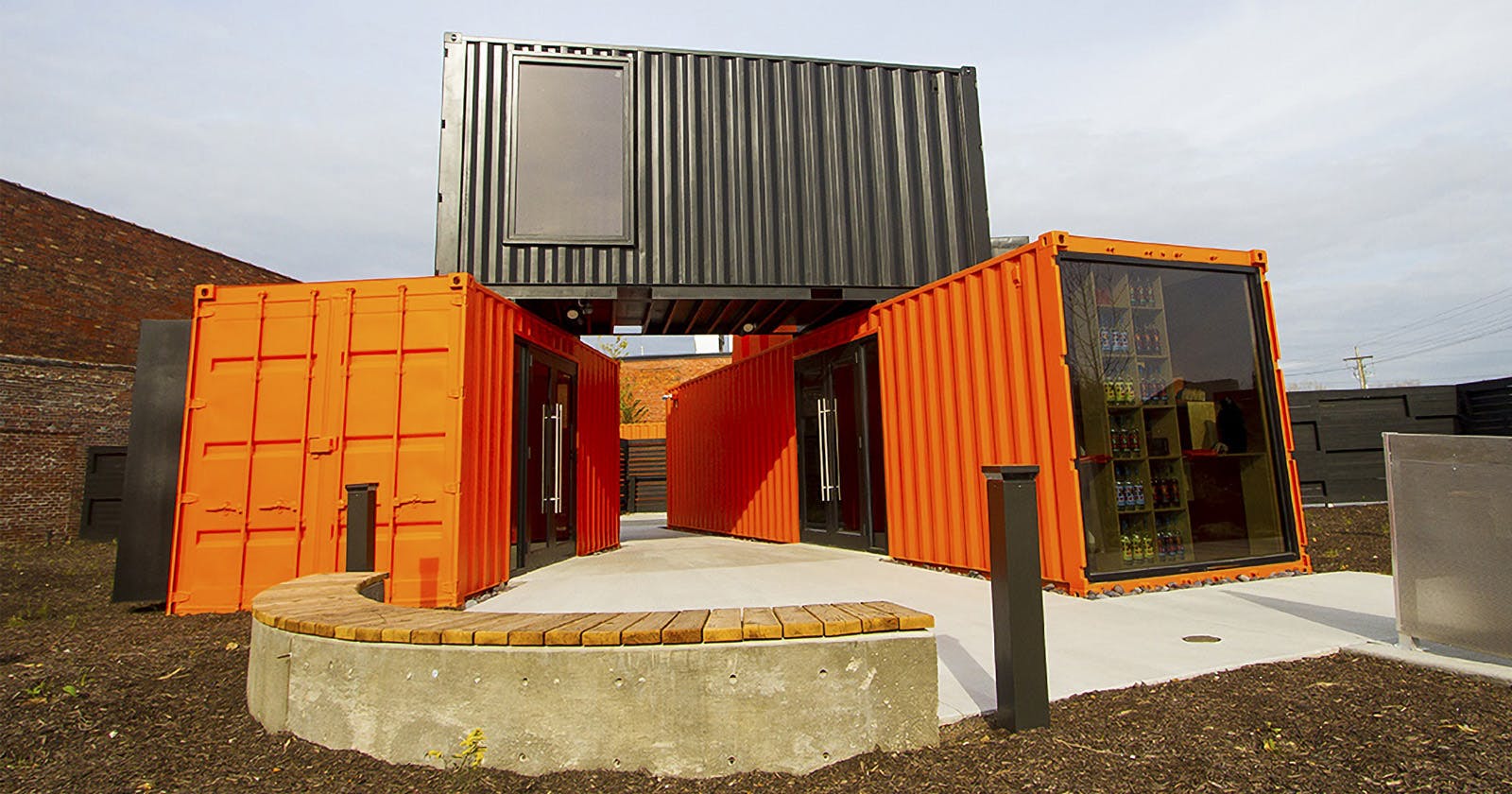A few years ago, people talked a lot about Docker and how containers would take the world by storm. To be fair, the container ecosystem has certainly grown to a more mature level but integration with existing systems and pipelines can still be a challenge. While I do agree that containers are a very powerful concept, I still find many companies are not eager to implement this technology at this time.
How can we integrate them into our daily lives?
The first step is to understand what containers are and how they work. At their core, containers are a form of virtualization that allows applications to run in isolation from the underlying host operating system. Each container includes all of the software and dependencies required to run the application, ensuring consistency and portability across different environments.
One of the primary benefits of containers is their ability to simplify the development and deployment of applications. With containers, developers can package their applications and dependencies into a single unit that can be easily shared and deployed across different environments, including development, testing, and production. This can lead to faster and more efficient development workflows, as well as easier deployment and management of applications.
However, despite these benefits, many companies are still hesitant to adopt containers due to concerns about security, complexity, and integration with existing systems. To address these concerns, it is important to approach container adoption in a thoughtful and strategic manner.
3 steps to success
First, it is important to identify use cases where containers can provide value. This may include applications that require frequent updates, have complex dependencies, or need to be deployed across multiple environments. By focusing on use cases where containers can provide tangible benefits, it becomes easier to justify the investment and effort required to adopt this technology.
Next, it is important to ensure that the right tools and processes are in place to support container adoption. This may include tools for building and managing containers, as well as processes for integrating containers into existing workflows and pipelines. It is also important to consider security and compliance requirements and to ensure that containers are deployed in a secure and compliant manner.
Finally, it is important to approach container adoption as a journey, rather than a destination. Containers are a powerful technology, but they are not a silver bullet. It takes time and effort to build the right infrastructure, tools, and processes to fully leverage the benefits of containers. By taking a gradual and strategic approach to container adoption, companies can reap the benefits of this technology while minimizing risk and disruption.
Conclusion
In conclusion, containers are a powerful concept that can simplify the development and deployment of applications. However, to fully leverage the benefits of containers, it is important to approach adoption in a thoughtful and strategic manner. By identifying use cases where containers can provide value, ensuring the right tools and processes are in place, and taking a gradual and strategic approach to adoption, companies can integrate containers into their daily lives and reap the benefits of this powerful technology.
